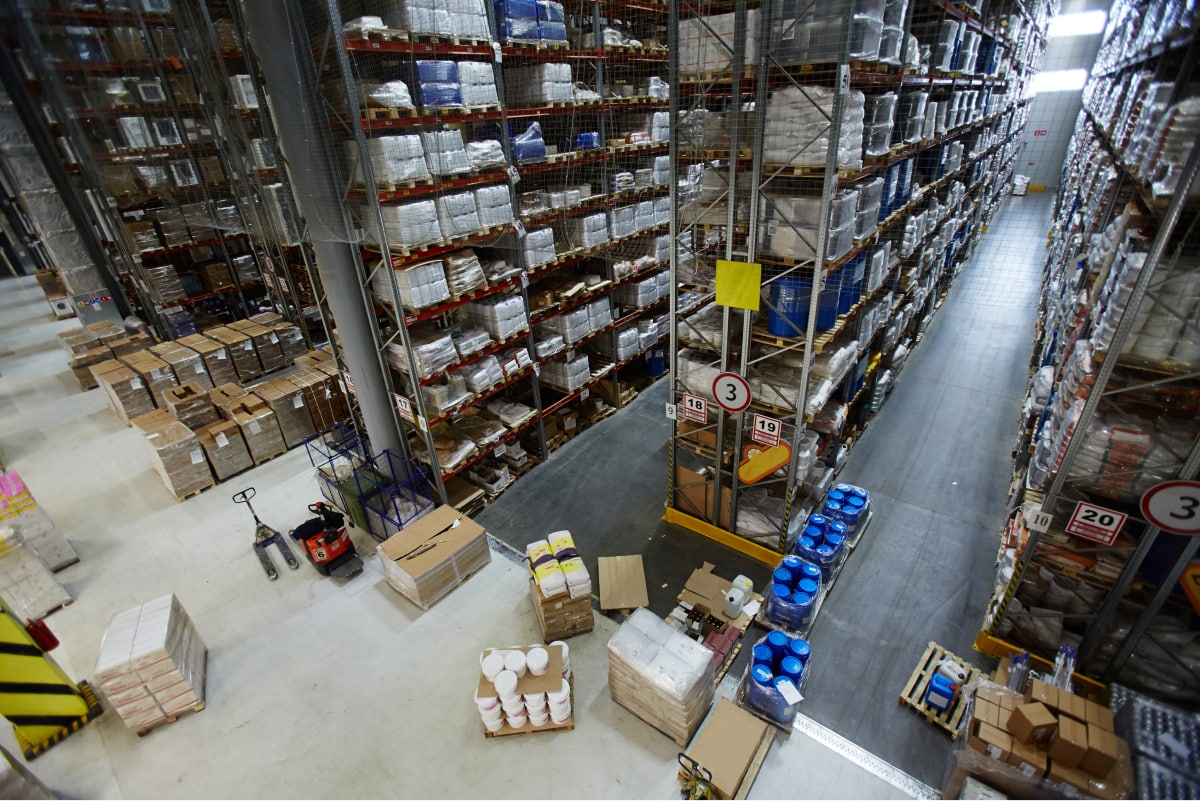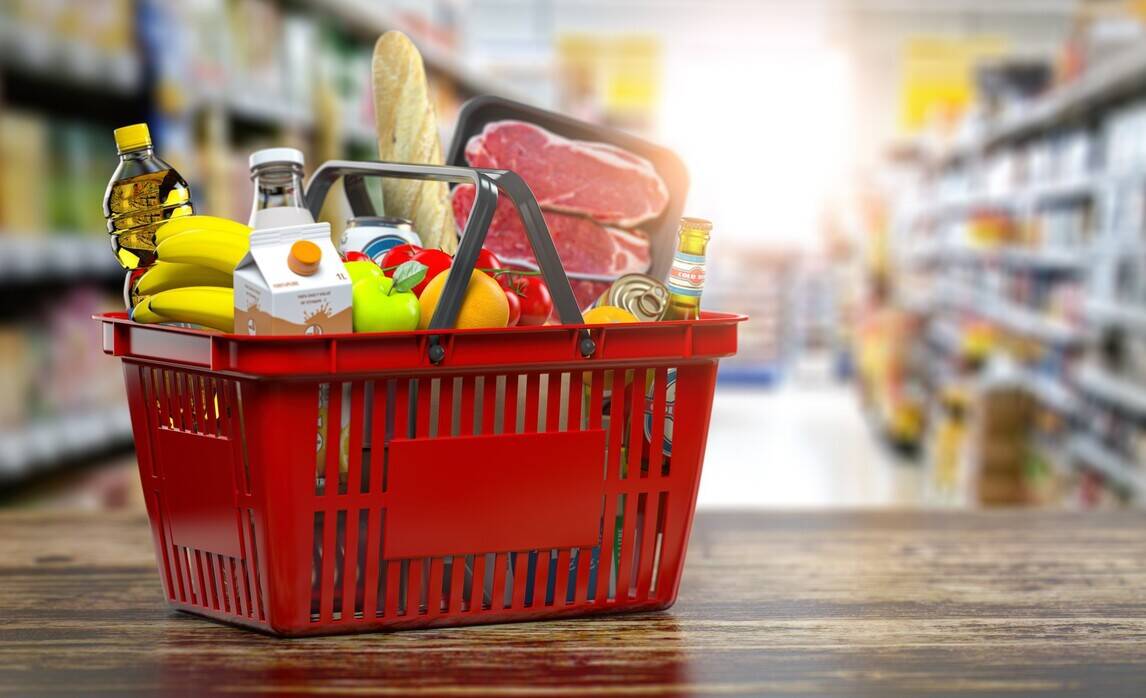7 Crore+ Customers

Affordable Premium

Accessibility Options

General

General Products
Simple & Transparent! Policies that match all your insurance needs.


37K+ Reviews
7K+ Reviews
Scan to download

Life

Life Products
Digit Life is here! To help you save & secure your loved ones' future in the most simplified way.


37K+ Reviews
7K+ Reviews
Scan to download

Claims
Claims
We'll be there! Whenever and however you'll need us.


37K+ Reviews
7K+ Reviews
Scan to download

Resources
Resources
All the more reasons to feel the Digit simplicity in your life!
 Tools & Calculators
Tools & Calculators


37K+ Reviews
7K+ Reviews
Scan to download

37K+ Reviews
7K+ Reviews
Select Preferred Language
Our WhatsApp number cannot be used for calls. This is a chat only number.

Enter your Mobile Number to get Download Link on WhatsApp.
You can also Scan this QR Code and Download the App.


Upon hearing the terms “goods and services,” one might immediately think of tangible items versus intangible ones. While this distinction holds in everyday language, the Goods and Services Tax (GST) framework in India introduces specific classifications that influence taxation and economic analysis. Understanding these differences is crucial for both consumers and businesses navigating the GST landscape.

Goods are tangible products that can be seen, touched, and stored. They are physical items that fulfil a customer's needs and are transferable from one party to another. Under the GST regime, goods encompass all movable property, excluding money and securities. This definition aligns with the legal framework established by the GST Council.
Examples: Electronics (e.g., smartphones, televisions), Furniture, Clothing and textiles, Food products and Chemicals and pharmaceuticals

Services refer to intangible activities that fulfill the needs of consumers. They are non-physical and cannot be owned or stored. In the context of GST, services include any activity carried out for consideration, excluding the sale of goods, money, or securities. This broad definition covers a wide array of economic activities.
Examples: Consulting and advisory services, Healthcare and medical services, Education and training, Financial services (e.g., banking, insurance) and Transportation and logistics
The table below outlines the distinction between goods and services in a better way.
| Particluars | Goods | Services |
| Tangibility | Tangible; physical presence | Intangible; cannot be touched or stored |
| Transferability | Ownership can be transferred from the seller to the buyer | Ownership is not transferred; only usage rights are provided |
| Production and Consumption | Can be produced, stored, and consumed later | Produced and consumed simultaneously |
| Perishable | Not all manufactured goods are perishable | Services are perishable |
| Inventory | Can be inventoried and stored | Cannot be stored; perishable in nature |
| Returnability | Goods can typically be returned if unsatisfactory | Services cannot be returned once rendered |
| Consistency | Standardised production leads to uniformity | Variability due to human involvement and customisation |
| GST Classification | Subject to GST under the category of goods | |
Under the Goods and Services Tax (GST) regime in India, both goods and services are subject to taxation, but the rates and classifications differ:
Recent reforms have aimed at reducing the tax burden on essential goods and services, making them more affordable for consumers.
While the basic distinction between goods and services revolves around tangibility and ownership, the GST framework introduces specific classifications that influence taxation and economic analysis. Understanding these distinctions is essential for navigating the complexities of the GST system and ensuring compliance with tax regulations.
Goods are tangible products that can be seen, touched, and stored. GST on goods is levied based on the HSN code. Services are intangible activities consumed as they are produced. GST on services is levied based on the SAC code.
Goods are tangible products that can be seen, touched, and stored. GST on goods is levied based on the HSN code.
Services are intangible activities consumed as they are produced. GST on services is levied based on the SAC code.
There are four types of GST, Central Goods and Services Tax, State Goods and Services Tax, Union Territory Goods and Services Tax, and Integrated Goods and Services Tax.
There are four types of GST, Central Goods and Services Tax, State Goods and Services Tax, Union Territory Goods and Services Tax, and Integrated Goods and Services Tax.
The perfect examples of goods are clothing, appliances and automobiles. However, examples of services are house cleaning, legal advice and consulting services.
The perfect examples of goods are clothing, appliances and automobiles. However, examples of services are house cleaning, legal advice and consulting services.
No. Services cannot be returned once rendered, while goods can typically be returned if they are defective or unsatisfactory.
No. Services cannot be returned once rendered, while goods can typically be returned if they are defective or unsatisfactory.
Most goods are taxable under GST, but certain essential items may be exempt or taxed at lower rates, as per the GST Council’s updates.
Most goods are taxable under GST, but certain essential items may be exempt or taxed at lower rates, as per the GST Council’s updates.
Most services are taxable, but some, like healthcare and education, may be exempt. The GST Council revises rates periodically.
Most services are taxable, but some, like healthcare and education, may be exempt. The GST Council revises rates periodically.
Yes. Goods can be inventoried and sold later. Services are perishable and consumed simultaneously with production.
Yes. Goods can be inventoried and sold later. Services are perishable and consumed simultaneously with production.
Goods are classified using HSN codes, while services are classified using SAC codes. Correct classification ensures proper GST calculation and compliance.
Goods are classified using HSN codes, while services are classified using SAC codes. Correct classification ensures proper GST calculation and compliance.
Yes. Essential goods and services may have reduced GST rates or exemptions, depending on GST Council notifications.
Yes. Essential goods and services may have reduced GST rates or exemptions, depending on GST Council notifications.
Yes. Registered businesses must charge GST on all taxable goods and services they provide, based on applicable HSN/SAC rates.
Yes. Registered businesses must charge GST on all taxable goods and services they provide, based on applicable HSN/SAC rates.
Yes. GST applies separately to the goods and services components according to their respective classifications and rates.
Yes. GST applies separately to the goods and services components according to their respective classifications and rates.